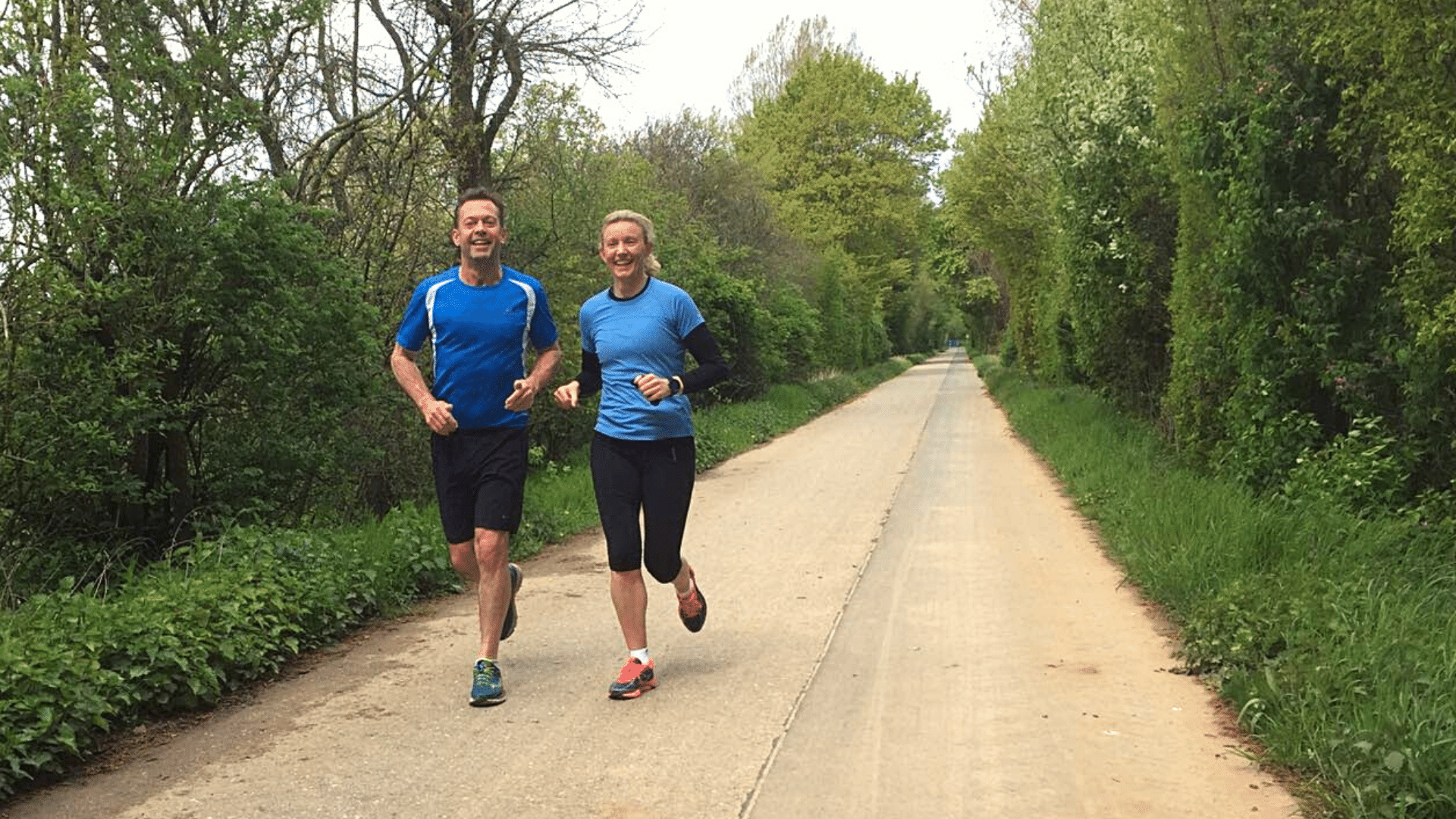The road to recovery is slow
Looking at training plans for your next event and not sure what to do on the recovery run day? Then this short guide is for you.
What are recovery runs?
A recovery run is a short, slow run (shorter than your base sessions, and at a pace slower than your average run), completed within 24 hours of a hard session such as an interval workout or a long run.
Before we get into who recovery runs are for, let’s start with who they’re not for.
You don’t need recovery runs if:
you’re new to running and every run is an effort, just keep working on slowly building up your mileage.
you’re preparing for your first event, and have chosen a beginner’s training plan with three runs a week.
you’ve been running a long time but keep training to three sessions a week.
Who should be including recovery runs:
you’re running 4+ times per week (4 times a week, one should be recovery, 5 or 6 times a week, two should be recovery).
you include speed work or hill work, and long runs each week (your recovery run should follow either the speed/hills or long run day).
you want to run more miles but would be happy to avoid injury.
How do recovery runs benefit you?
Seasoned runners need easy days in order to maintain hard-earned aerobic fitness and make continual gains in running economy. Runners with good economy use less oxygen than runners with poor economy at the same speed. Running economy has also been shown to be a useful predictor of endurance-running performance. Recovery runs initiate the process of muscle repair. Running increases the blood flow to your muscles, but at a pace gentle enough to avoid additional muscle damage. Your muscles will contract and tighten if you do nothing but sit on the couch the whole day.
You can also use your recovery runs to help you work on improving the way you run and your biomechanics. Pay attention to your technique and don’t worry about anything else. These easy runs are at your own easy pace, not your friend’s easy pace. There is no such thing as going too slowly on these days as long as you are running.
Running at slower paces also promotes fat burning, as your body can only burn fat by running at a slower pace. To burn fat effectively, your body needs oxygen. To ensure you are getting enough oxygen, you need to be running at a low enough intensity where you can comfortably hold a conversation without being out of breath. By slowing down, your body will get better at generating energy from fat and, over time, you’ll be able to run faster (and burn more calories) while maintaining the percentage of energy coming from fat.
Other tips:
Take it slow. Like really slow. And if you’re the sort of person that likes your neighbours to see you running, it should be embarrassingly slow.
You should not be short of breath and it’s okay to walk a little if the intensity is getting too high.
This is often the most enjoyable run of the week for me. I have no pressure to go any distance or speed. I nearly always arrive home feeling better than before I left.
Jonathan and Emma taking a recovery run after the Düsseldorf marathon 2016

